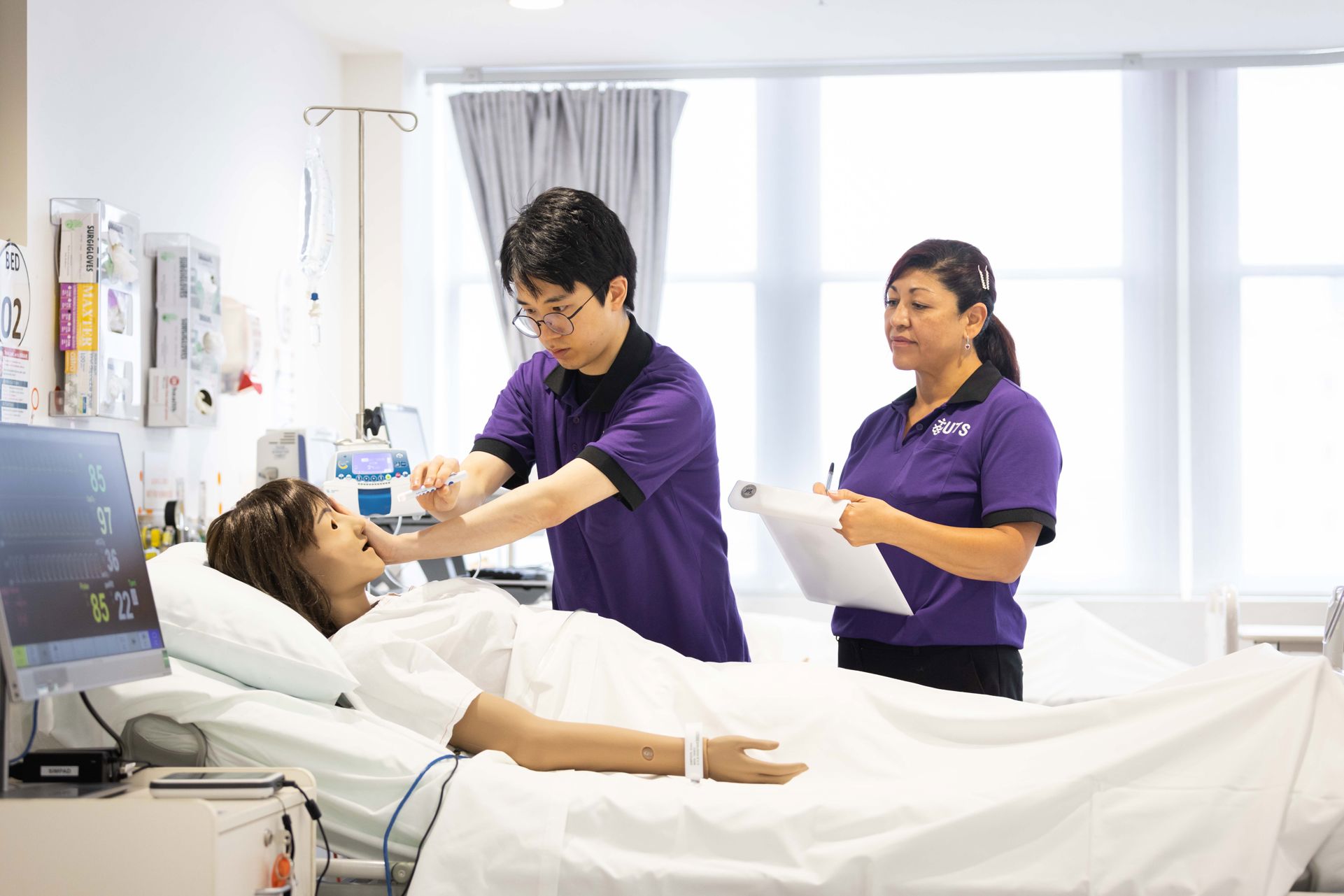It's not just a university, it's UTS.
In a crumpled paper bag and brutalist tower on Broadway, you will find a challenge to the sandstone status quo. That's because it's not just a university, it's UTS.
As Australia's #1 young university, our campus lives and breathes the creative air of central Sydney so that you can collaborate across disciplines with award-winning researchers and create an innovative career.
Here, it's not just a university. Of course it's not. It's a music studio, an award-winning library, a rocket launcher, a robotics institute, an AI laboratory, a fashion school, an ocean saver, a taboo breaker and a childhood dream. What can UTS be for you?
-
trophy TOP-RANKING
#1 young university
In Australia, ranked for excellence in teaching, research impact, industry engagement and international outlook.
Times Higher Education Young University Rankings 2024
-
workspace_premium INTERNATIONALLY RECOGNISED
Top 100 worldwide
Ranked #88 globally, UTS stands among the world's leading universities, recognised for academic excellence and industry impact.
QS World University Rankings 2025
-
payments GRADUATE OUTCOMES
90.8% employed full-time
Measured three years post-graduation, reflecting strong career readiness and employer demand for UTS graduates.
2021 Graduate Outcomes Survey – Longitudinal

Our campus
The UTS campus is located within Sydney’s growing education, innovation and creative hub at the southern gateway to Sydney’s central business district.

Leadership and governance
Good governance ensures consistency, transparency and integrity.
Community
Our range of strategic initiatives include services, programs and opportunities to engage, which benefit our students and staff as well as local and global communities.
Indigenous education and employment
We invite you to join us and be part of our proactive approach Indigenous employment.
Equity, diversity and inclusion
We are committed to creating a safe and respectful learning and work environment for all.
Sustainability
Cultivating sustainability values in our students and staff and demonstrating leadership in our research, learning, campus operations and community collaboration.
Our faculties
Our faculties foster critical thinking, creativity and practical expertise.
TD School
Transdisciplinary thinking builds bridges between fields of study and expertise. We integrate different perspectives, data, information, concepts, techniques and theories from multiple disciplines.
Faculty of Law
A dynamic and innovative law school, achieving great success for the quality of its legal education and research.
UTS Business School
A socially-committed business school focused on developing and sharing knowledge for an innovative, sustainable, prosperous economy in a fairer world.
Faculty of Design, Architecture and Building
The UTS Faculty of Design, Architecture and Building contributes to the transformation of urban life, contemporary design culture and the built environment through our research, education and engagement with the professions.
Faculty of Science
UTS Science is research-driven, relevant, innovative and practical, achieving success and impact for its quality teaching and research.
Faculty of Health
Innovative, practice-oriented and globally relevant education and research in a broad range of health disciplines.
Faculty of Arts and Social Sciences
The Faculty of Arts and Social Sciences (FASS) leads positive global change and advances social justice through our teaching, research and collaboration with industry and the community.
Graduate School of Health
Our professional partnerships, expert staff and world-class facilities are the foundational pillars which drive us to be innovators in the health profession.
Faculty of Engineering and Information Technology
Delivering rigorous, practical and industry-focused education and research that encourages disruptive technologies and cultivates exceptional engineering and information technology professionals.












